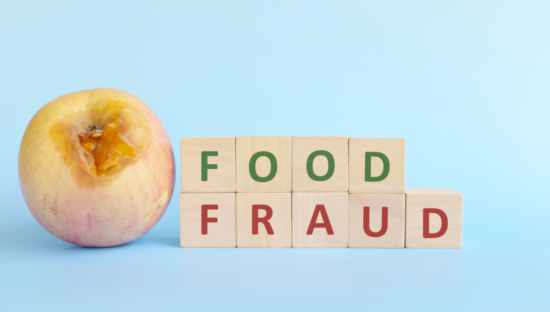Food safety is a top concern driving U.S. Secretary of Agriculture Brooke Rollins to combat the threat of New World screwworm (NWS), a pest that is endemic in Central and South America. Rollins Friday announced $850 million would fuel USDA’s five-pronged plan issued in June to prevent the northward spread of NWS from Mexico into the United States.
To date, Rollins said the screwworm has not been reported or detected in the United States in animals. When NWS fly larvae (maggots) burrow into the flesh of a living animal, they cause severe, often deadly damage to the animal. NWS can infest livestock, pets, wildlife, occasionally birds, and in rare cases, people. It is not only a threat to our ranching community, but it is a threat to our food supply and our national security.
The Secretary explained that USDA’s Food Safety and Inspection Service (FSIS) inspects animals and carcasses at slaughter, and has the role of keeping the NWS from the food supply safe.
While USDA is coordinating efforts to combat NWS, Rollins said it will require continued collaboration between federal agencies, state governments, and the private sector. She said that is why USDA is working alongside the U.S. Food and Drug Administration to encourage animal drug development and prioritize approvals for prevention and treatment of the pest, the U.S. Environmental Protection Agency and the U.S. Department of Energy on innovations to enhance our ability to combat the pest with technologies, and the U.S. Customs and Border Protection to protect the United States border.
USDA’s Animal and Plant Health Inspection Service (APHIS) is also working in collaboration with the National Service of Agri-Food Health, Safety and Quality (SENASICA) in Mexico to help that country contain the pest south of the United States border by enhancing United States oversight, surveillance, improving case reporting, locking down animal movement to prevent further spread, providing traps, lures, training, and verification of Mexican NWS activities.
“We have assessed the information on the ground in Mexico and have determined we must construct an additional sterile fly production facility in the United States to stop the northward advancement of this terrible pest that is threatening American cattle production. President Trump has made it clear that we must take all necessary steps to protect our country from foreign pests and diseases that threaten our economy and way of life. We are announcing a major investment to further America’s existential role in protecting our country and securing our borders from this national security threat,” said Rollins.
“The construction of a domestic sterile fly production facility will ensure the United States continues to lead the way in combating this devastating pest. If foreign pests overrun our ranchers, then we cannot feed ourselves. USDA and Customs and Border Protection are constantly monitoring our ports of entry to keep NWS away from our borders. We are working every day to ensure our American agricultural industry is safe, secure, and resilient.”
With Texas Gov. Greg Abbott, the USDA boss said federal funding provides up to $750 million for a domestic sterile fly production facility at Moore Airfield Base in Edinburg, TX, as well as additional dollars for research. The new sterile fly production facility has a capacity of 300 million flies per week.
Texas & Southwestern Cattle Raisers Association (TSCRA) President Carl Ray Polk Jr. said the importance of funding a domestic sterile fly production facility cannot be overstated.
The only sterile fly facility in the world is COPEG in Pacora, Panamá, which is currently operating at full capacity, producing 115 million flies per week. The U.S. owned a facility in Chiapas during the screwworm outbreak in the 1960s, but it has since been closed.
“TSCRA has long drawn attention to the critical need for increased numbers of sterile flies to push NWS populations back to the Darién Gap. A sterile fly production facility is a warranted investment given the financial consequences to our agricultural economy, wildlife populations, and public health,” said Polk.
(To sign up for a free subscription to Food Safety News, click here.)



